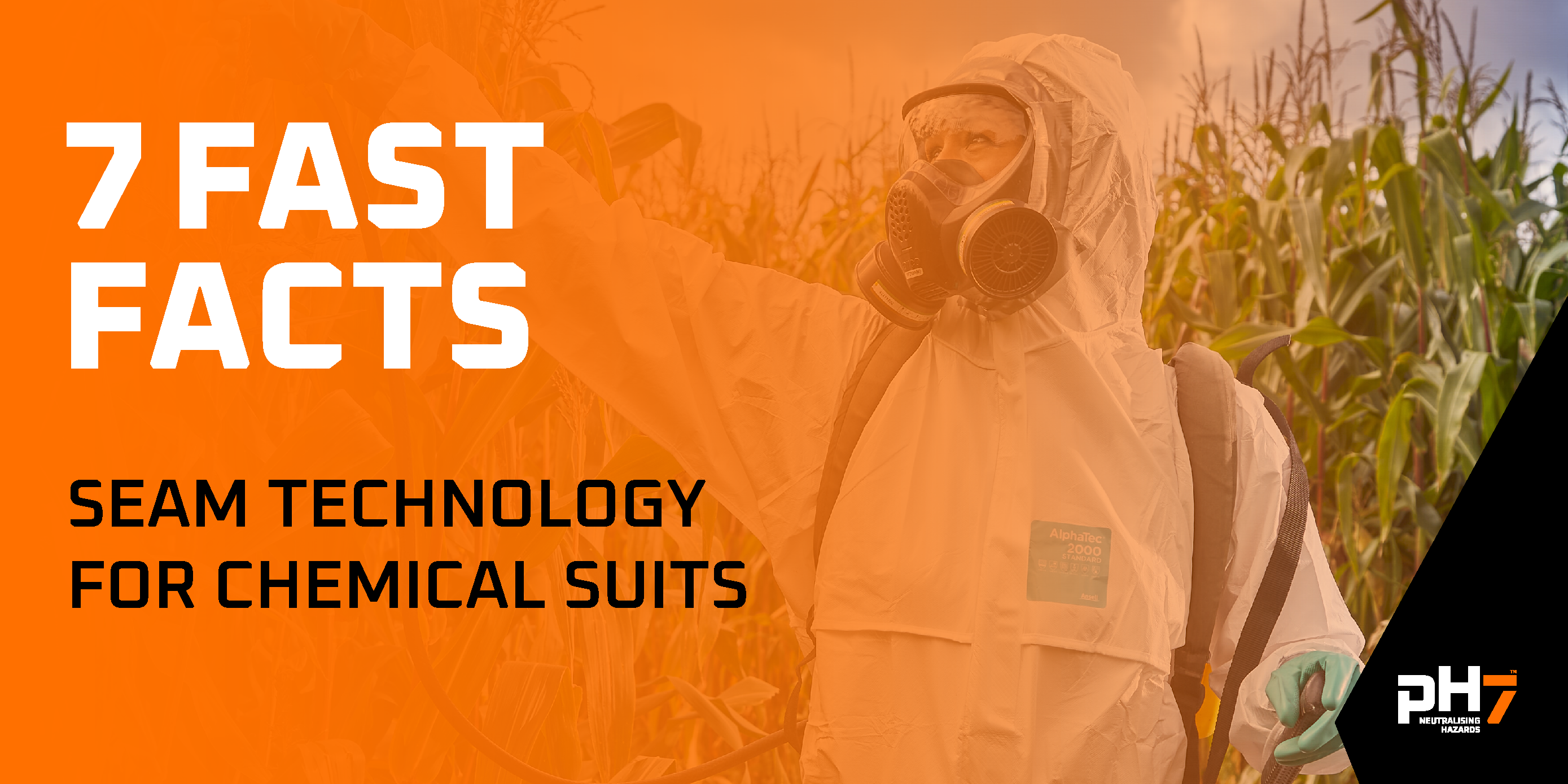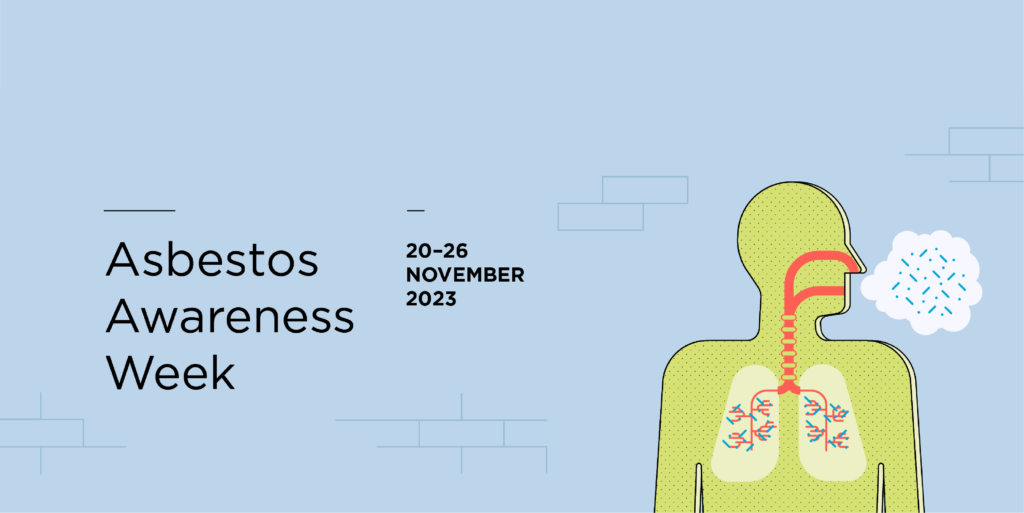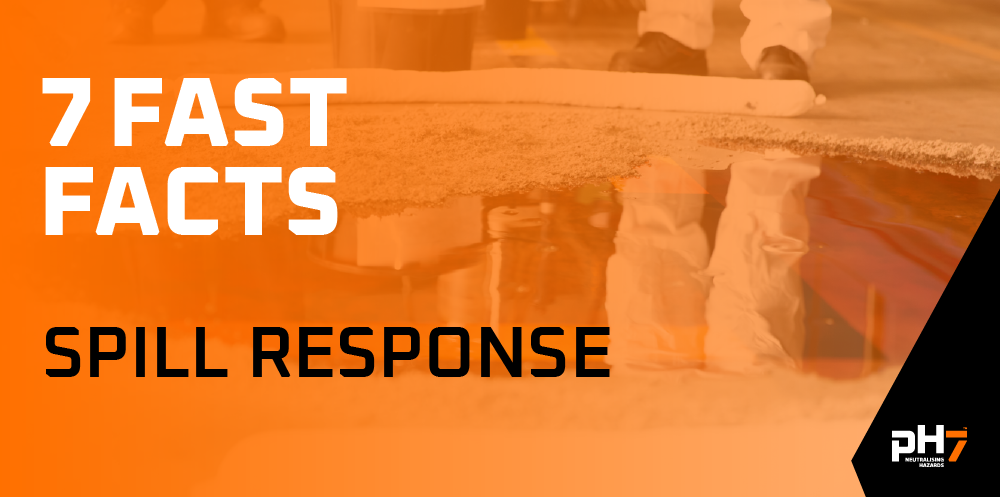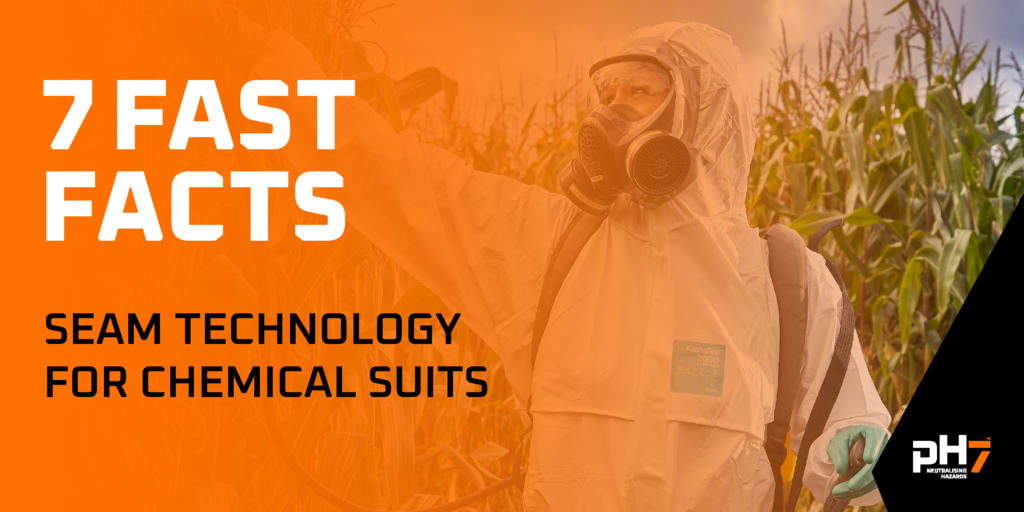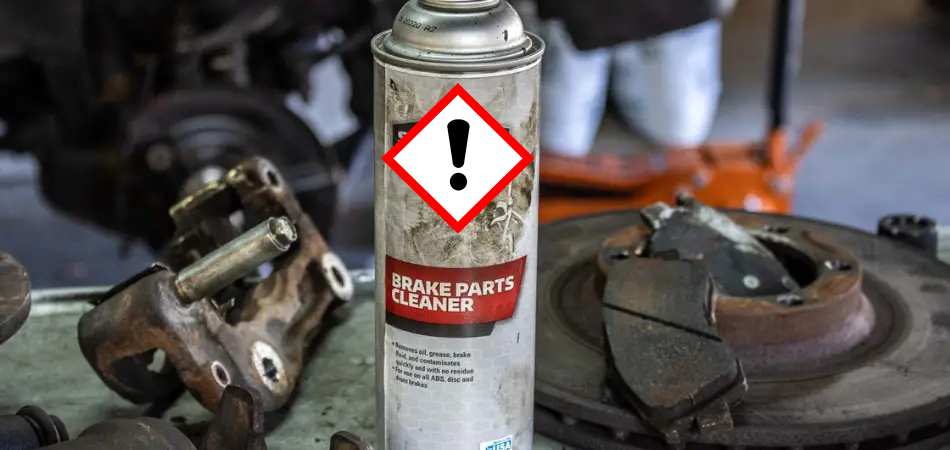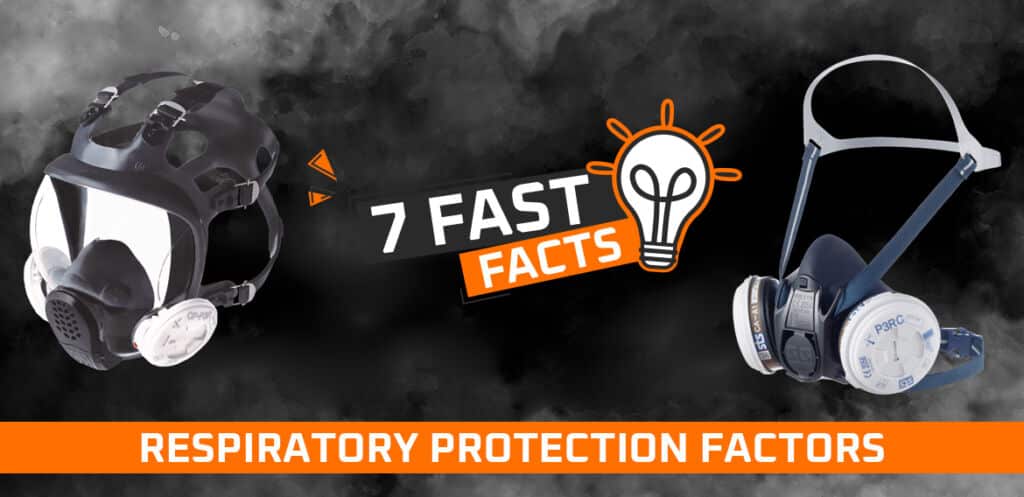Seam technology plays a critical role in ensuring the effectiveness of chemical coveralls. Chemical coveralls are designed to protect wearers from hazardous chemicals which can be in one of three states: liquid, solid or gas. The seams are a potential weak point where chemicals can penetrate if not properly sealed.
So, let’s jump in with 7 Fast Facts to help increase your knowledge on chemical suit seam technology!
| 1 |  | Stitched Seams: The most basic seam, normally used for coveralls designed to protect against dusts and fibres. When pulled apart, it is often easy to see the holes in the seam caused by the needle passing through. Stitched seam coveralls will be less resistant to liquid chemicals and are totally unsuitable for gases. |
| 2 |  | Bound Seam: An overlay of material similar to the base material is lock-stitched in place. This technology provides superior strength, liquid and particle barrier protection compared to a stitched seam. |
| 3 |  | Stitched & Taped Seam: Internal stitching is over-taped to offer increased strength and an effective barrier to liquids, particles and some gases (if using a gas-tight tape on a gas-tight suit). |
| 4 |  | Ultrasonically Welded Seams: Ultrasonic welding of seams is the process of using ultrasonic sound waves to vibrate two solid materials so that they are welded together. The result is a seam that is strong and an excellent barrier to liquids and particles. |
| 5 |  | Ultrasonically Welded and Taped Seams: A feature of high-specification chemical suits such as the AlphaTec 4000 and 5000. An additional layer of tape is applied over the ultrasonic weld. |
| 6 | To minimise liquid and particle ingress you should choose a seam that has no exposed holes. This includes Stitched and Taped, Ultrasonically Welded and Ultrasonically Welded and Taped. These seams are also preferred when protecting wearers from biological contaminants such as bacteria and viruses. |
|
| 7 | Where tape is applied it’s best to use a tape that is either made of the same material as the coverall or has the same chemical resistance properties as the base material to ensure the seams are of the same level of protection as the rest of the coverall. |
So, there you have it! 7 fast facts about chemical suit seam technology. If you’ve still got questions, give the team at pH7 a call on 0800 323 223 or email us at enquiries@ph7.co.nz. We’re one of the largest importers of chemical suits in New Zealand and represent Ansell AlphaTec Body Protection, one of the world’s leading manufacturers with coveralls suitable for almost every job.
